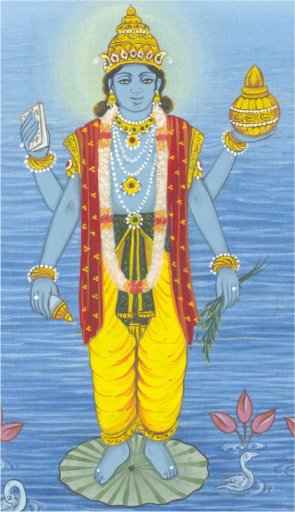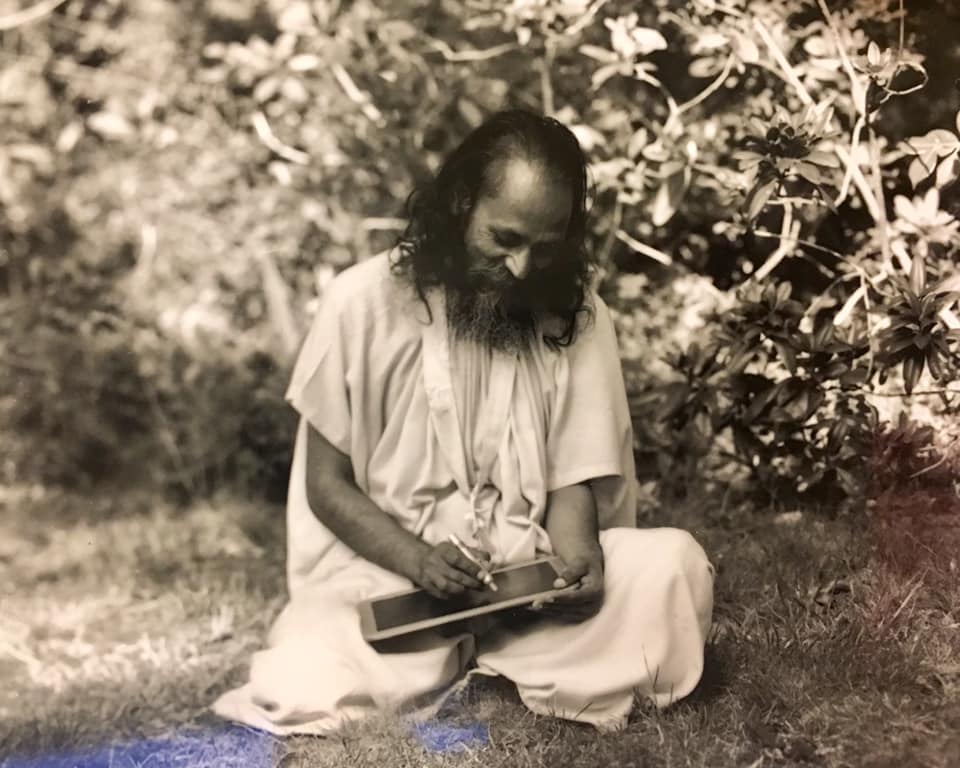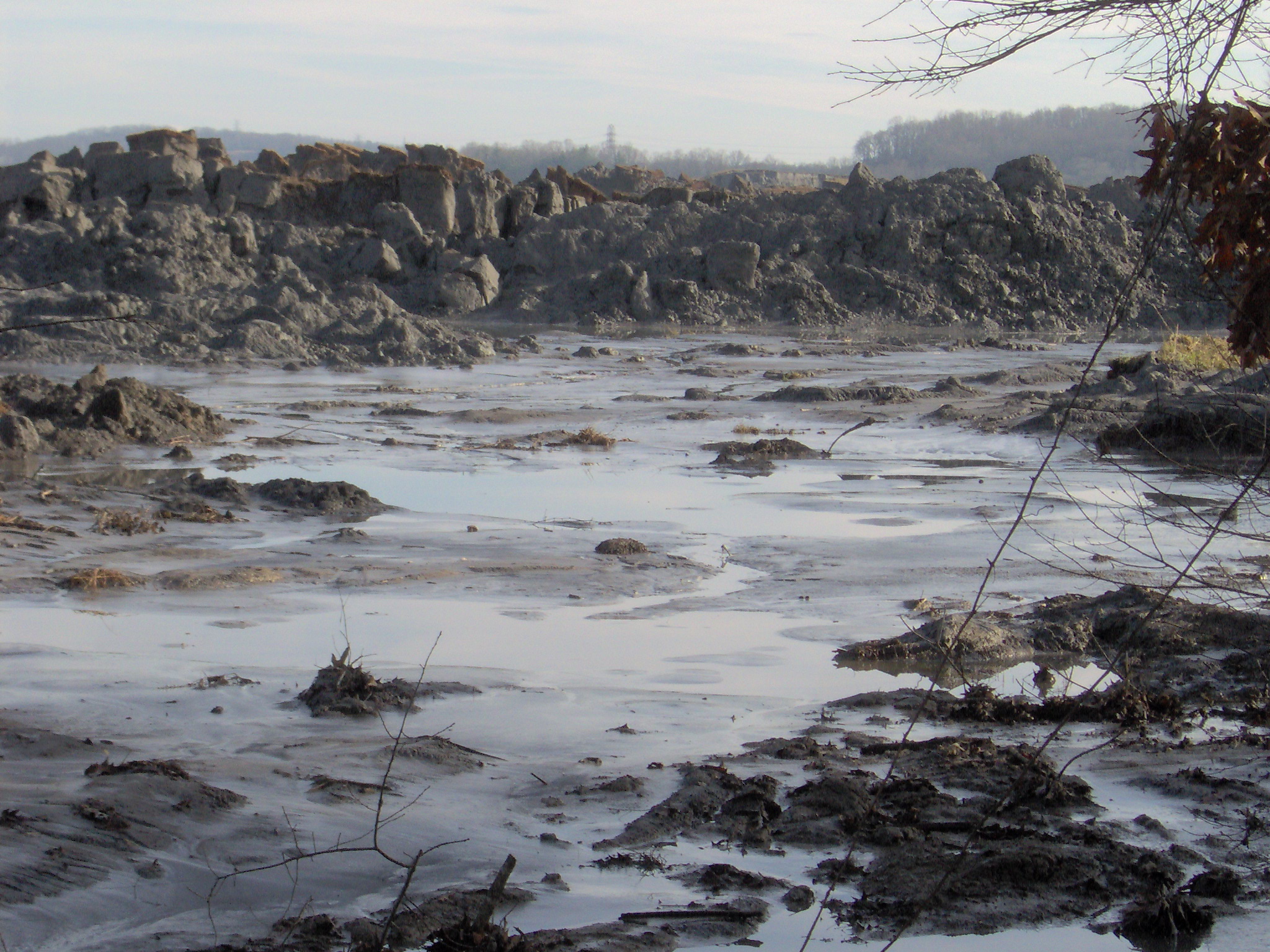|
Ayurvedic
Ayurveda () is an alternative medicine system with historical roots in the Indian subcontinent. The theory and practice of Ayurveda is pseudoscientific. Ayurveda is heavily practiced in India and Nepal, where around 80% of the population report using it. Ayurveda therapies have varied and evolved over more than two millennia. Therapies include herbal medicines, special diets, meditation, yoga, massage, laxatives, enemas, and medical oils. Ayurvedic preparations are typically based on complex herbal compounds, minerals, and metal substances (perhaps under the influence of early Indian alchemy or ''rasashastra''). Ancient Ayurveda texts also taught surgical techniques, including rhinoplasty, kidney stone extractions, sutures, and the extraction of foreign objects. The main classical Ayurveda texts begin with accounts of the transmission of medical knowledge from the gods to sages, and then to human physicians. Printed editions of the '' Sushruta Samhita'' (''Sushruta's Comp ... [...More Info...] [...Related Items...] OR: [Wikipedia] [Google] [Baidu] |
Maharishi Ayurveda
Maharishi Vedic Approach to Health (MVAH) (also known as Maharishi Ayurveda or Maharishi Vedic Medicine) is a form of alternative medicine founded in the mid-1980s by Maharishi Mahesh Yogi, who developed the Transcendental Meditation technique (TM). Distinct from traditional ayurveda, it emphasizes the role of consciousness, and gives importance to positive emotions. Maharishi Ayur-Veda has been variously characterized as emerging from, and consistently reflecting, the Advaita Vedanta school of Hindu philosophy, representing the entirety of the ayurvedic tradition. A 1991 article in the ''Journal of the American Medical Association'' (JAMA) found that promoters of MVAH failed to disclose financial incentives when they submitted a letter for publication and that their marketing practices were misleading. A 2008 study published in JAMA reported that two of the 19 Maharishi Ayurveda products tested contained heavy metals. A 1991 British case found two physicians guilty of "serious p ... [...More Info...] [...Related Items...] OR: [Wikipedia] [Google] [Baidu] |
Dhanvantari
Dhanvantari () is the physician of the devas in Hinduism. He is regarded to be an avatar of Vishnu. He is mentioned in the Puranas as the god of Ayurveda. During his incarnation on earth, he reigned as the King of Kashi, today locally referred to as Varanasi. Dhanvantari is also identified as the great-grandfather of Divodasa, a mythological King of Kashi in the Vishnu Purana. Iconography According to the ancient Sanskrit work ''Vishnudharamottara'', Dhanvantari is a handsome individual and is to usually be depicted with four hands, with one or two of them carrying a bowl of amrita, the elixir of immortality. Dhanvantari is depicted in a stark resemblance to Vishnu, with four hands, holding the shankha, chakra, jalauka (leech), and a pot containing amrita. He is often shown with a leech in his hand rather than the scriptures, indicating the historical practice of bloodletting. Some texts describe him as holding a conch, amrita, medicinal herbs, and a book of Ayurveda. L ... [...More Info...] [...Related Items...] OR: [Wikipedia] [Google] [Baidu] |
Nagarjuna
Nāgārjuna . 150 – c. 250 CE (disputed)was an Indian Mahāyāna Buddhist thinker, scholar-saint and philosopher. He is widely considered one of the most important Buddhist philosophers.Garfield, Jay L. (1995), ''The Fundamental Wisdom of the Middle Way'', Oxford: Oxford University Press. Jan Westerhoff considers him to be "one of the greatest thinkers in the history of Asian philosophy." Nāgārjuna is widely considered to be the founder of the Madhyamaka (centrism, middle-way) school of Buddhist philosophy and a defender of the Mahāyāna movement. His ''Mūlamadhyamakakārikā'' (Root Verses on Madhyamaka, or MMK) is the most important text on the madhyamaka philosophy of emptiness. The MMK inspired a large number of commentaries in Sanskrit, Chinese, Tibetan, Korean and Japanese and continues to be studied today. History Background India in the first and second centuries CE was politically divided into various states, including the Kushan Empire and the Satavaha ... [...More Info...] [...Related Items...] OR: [Wikipedia] [Google] [Baidu] |
Dosha
''Dosha'' ( sa, दोषः, IAST: ''doṣa'') is a central term in Ayurveda originating from Sanskrit, which can be translated as "that which can cause problems" (literally meaning "fault" or "defect"), and which refers to three categories or types of substances that are believed to be present in a person's body and mind. Beginning with twentieth-century Ayurvedic literature, the "three-''dosha'' theory" ( sa, त्रिदोषोपदेशः, ) has described how the quantities and qualities of three fundamental types of substances called wind, bile, and phlegm ( sa, वात, , ; , , ) fluctuate in the body according to the seasons, time of day, process of digestion, and several other factors and thereby determine changing conditions of growth, aging, health, and disease. ''Dosha''s are considered to shape the physical body according to a natural constitution established at birth, determined by the constitutions of the parents as well as the time of conception and ot ... [...More Info...] [...Related Items...] OR: [Wikipedia] [Google] [Baidu] |
Baba Hari Dass
Baba Hari Dass (Devanagari: बाबा हरि दास) (26 March 1923 – 25 September 2018) was an Indian yoga master, silent monk, temple builder, and commentator of Indian scriptural traditions of '' dharma'' and ''moksha''. He was classically trained in the Ashtanga of Patanjali (also known as ''Rāja yoga''), as well as Kriya yoga, Ayurveda, Samkhya, Tantra, Vedanta, and Sanskrit. Baba Hari Dass took a vow of silence in 1952, which he upheld through this life. Although he did not speak, he was able to communicate in several languages through writing. His literary output included scriptural commentaries to ''Yoga Sutras of Patanjali'', '' Bhagavad Gita'', ''Samkhya Karika'', and Vedanta, collections of aphorisms about the meaning and purpose of life, essays, plays, short stories, children's stories, kirtan, mantras, and in-depth instructional yoga materials that formed the basis of a yoga certification-training program. Upon his arrival in North America in ear ... [...More Info...] [...Related Items...] OR: [Wikipedia] [Google] [Baidu] |
Massage
Massage is the manipulation of the body's soft tissues. Massage techniques are commonly applied with hands, fingers, elbows, knees, forearms, feet or a device. The purpose of massage is generally for the treatment of body stress or pain. In European countries, a person professionally trained to give massages is traditionally known as a masseur (male) or masseuse (female). In the United States, these individuals are often referred to as massage therapists, because they must be certified and licensed as "licensed massage therapists". In professional settings, clients are treated while lying on a massage table, sitting in a massage chair or lying on a mat on the floor. There are many different modalities in the massage industry, including (but not limited to): deep tissue, manual lymphatic drainage, medical, sports, structural integration, Swedish, Thai and trigger point. Etymology The word comes from the French 'friction of kneading', which, in turn, comes either from the A ... [...More Info...] [...Related Items...] OR: [Wikipedia] [Google] [Baidu] |
Agada
''Agada'' is one of the eight branches into which ayurveda medicine is traditionally divided. Literally, ''gada'' means a disease and ''agada'' means any agent which makes the body free from disease; however the term ''agada'' is used specifically for the branch of medicine dealing with toxicology, the description of the different types of poisons, and their antidotes. ''Agada Tantra'' is defined as a section of toxicology that deals with food poisoning, snakebites, dog bites, insect bites, etc. The school of toxicology was founded and expounded upon by Kashyapa, also known as Vriddhakashyapa, a contemporary of Atreya Punarvasu. He lived in Taksashila in what is now Pakistan. His text was called the ''Kashyapa Samhita''. This, however, is a different book than the ''Kashyap Samhita'' of pediatrics. This text is not available now but the references of this text are found mentioned in different commentaries. Some other texts written by Alambayana, Ushana, Saunaka, and Latyayana ... [...More Info...] [...Related Items...] OR: [Wikipedia] [Google] [Baidu] |
Sanskrit
Sanskrit (; attributively , ; nominally , , ) is a classical language belonging to the Indo-Aryan branch of the Indo-European languages. It arose in South Asia after its predecessor languages had diffused there from the northwest in the late Bronze Age. Sanskrit is the sacred language of Hinduism, the language of classical Hindu philosophy, and of historical texts of Buddhism and Jainism. It was a link language in ancient and medieval South Asia, and upon transmission of Hindu and Buddhist culture to Southeast Asia, East Asia and Central Asia in the early medieval era, it became a language of religion and high culture, and of the political elites in some of these regions. As a result, Sanskrit had a lasting impact on the languages of South Asia, Southeast Asia and East Asia, especially in their formal and learned vocabularies. Sanskrit generally connotes several Old Indo-Aryan language varieties. The most archaic of these is the Vedic Sanskrit found in the Rig Veda, a colle ... [...More Info...] [...Related Items...] OR: [Wikipedia] [Google] [Baidu] |
Mahabharata
The ''Mahābhārata'' ( ; sa, महाभारतम्, ', ) is one of the two major Sanskrit epics of ancient India in Hinduism, the other being the ''Rāmāyaṇa''. It narrates the struggle between two groups of cousins in the Kurukshetra War and the fates of the Kaurava and the Pāṇḍava princes and their successors. It also contains philosophical and devotional material, such as a discussion of the four "goals of life" or ''puruṣārtha'' (12.161). Among the principal works and stories in the ''Mahābhārata'' are the '' Bhagavad Gita'', the story of Damayanti, the story of Shakuntala, the story of Pururava and Urvashi, the story of Savitri and Satyavan, the story of Kacha and Devayani, the story of Rishyasringa and an abbreviated version of the ''Rāmāyaṇa'', often considered as works in their own right. Traditionally, the authorship of the ''Mahābhārata'' is attributed to Vyāsa. There have been many attempts to unravel its historical growth and c ... [...More Info...] [...Related Items...] OR: [Wikipedia] [Google] [Baidu] |
Toxic Heavy Metal
A toxic heavy metal is any relatively dense metal or metalloid that is noted for its potential toxicity, especially in environmental contexts. The term has particular application to cadmium, mercury and lead, all of which appear in the World Health Organization's list of 10 chemicals of major public concern. Other examples include manganese, chromium, cobalt, nickel, copper, zinc, silver, antimony and thallium. Heavy metals are found naturally in the earth. They become concentrated as a result of human caused activities and can enter plant and animal (including human) tissues via inhalation, diet, and manual handling. Then, they can bind to and interfere with the functioning of vital cellular components. The toxic effects of arsenic, mercury, and lead were known to the ancients, but methodical studies of the toxicity of some heavy metals appear to date from only 1868. In humans, heavy metal poisoning is generally treated by the administration of chelating agents. Some elements o ... [...More Info...] [...Related Items...] OR: [Wikipedia] [Google] [Baidu] |
Arsenic Poisoning
Arsenic is a chemical element with the symbol As and atomic number 33. Arsenic occurs in many minerals, usually in combination with sulfur and metals, but also as a pure elemental crystal. Arsenic is a metalloid. It has various allotropes, but only the gray form, which has a metallic appearance, is important to industry. The primary use of arsenic is in alloys of lead (for example, in car batteries and ammunition). Arsenic is a common n-type dopant in semiconductor electronic devices. It is also a component of the III-V compound semiconductor gallium arsenide. Arsenic and its compounds, especially the trioxide, are used in the production of pesticides, treated wood products, herbicides, and insecticides. These applications are declining with the increasing recognition of the toxicity of arsenic and its compounds. A few species of bacteria are able to use arsenic compounds as respiratory metabolites. Trace quantities of arsenic are an essential dietary element in rats, hamsters, ... [...More Info...] [...Related Items...] OR: [Wikipedia] [Google] [Baidu] |







